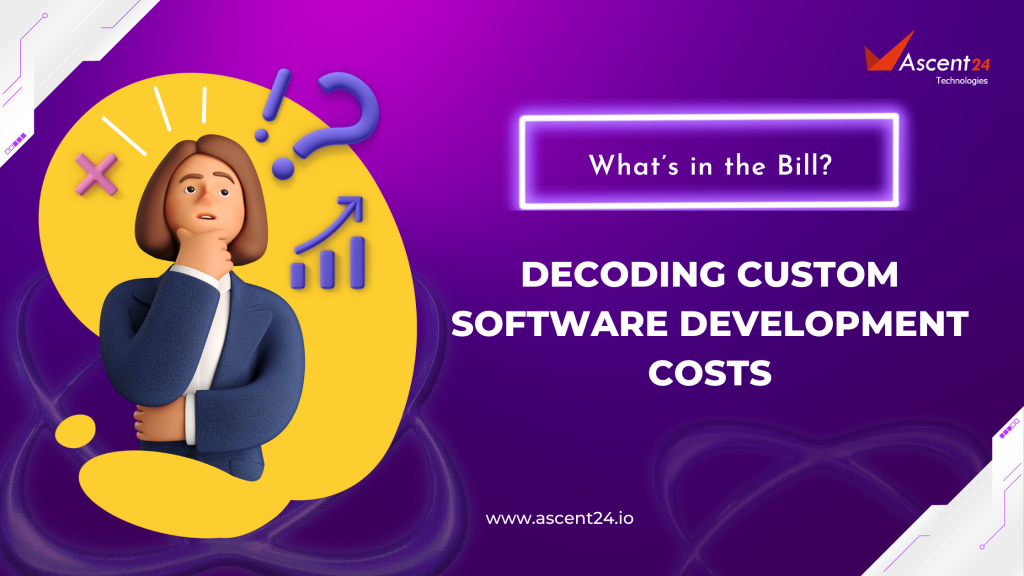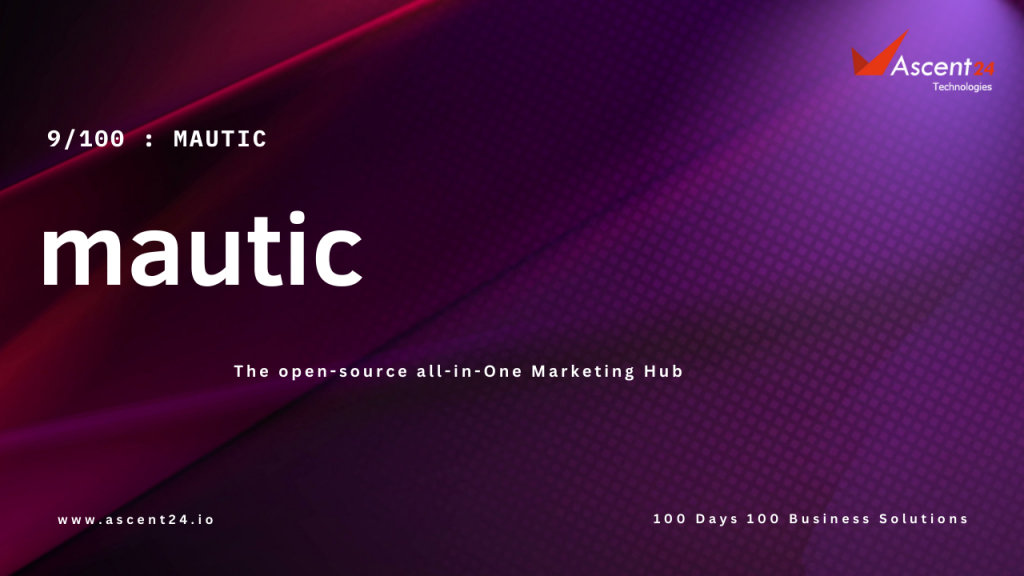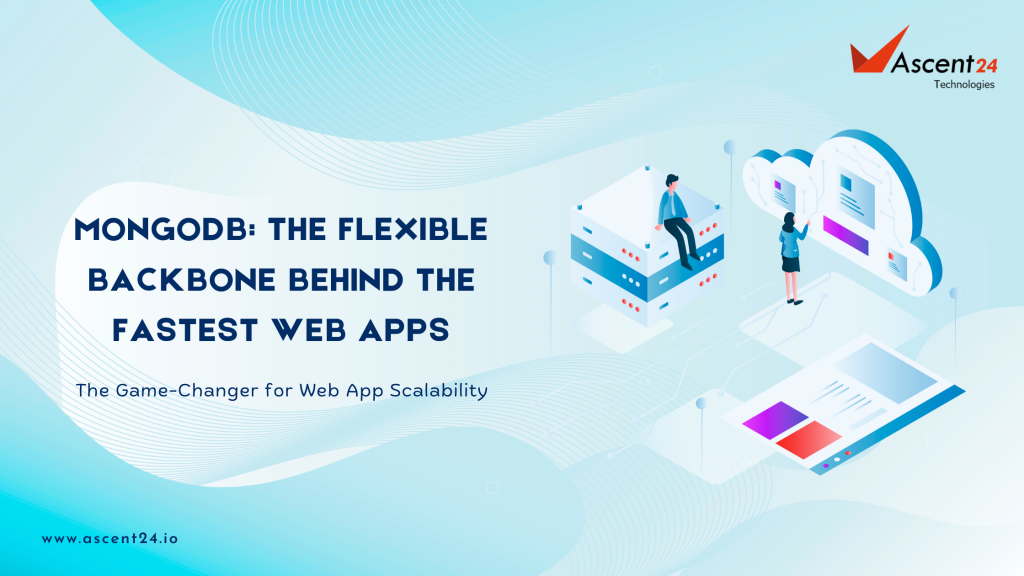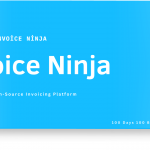
Sprinting to Success: Implementing Agile PODs for Software Development
Sprints are a cornerstone of the Agile methodology, providing a structured framework for iterative development cycles. In the fast-paced world of software development, efficiency, adaptability, and timely delivery are paramount and this is where Sprints and Agile methodologies shine. Along with Agile and Sprints, the POD (Product-Oriented Development) framework stands out for its streamlined approach to managing projects.
What is a POD?
A POD is a cross-functional team responsible for end-to-end product development. Comprising developers, testers, designers, and other specialists, a POD is designed to work collaboratively on a specific feature set or component. This self-contained team structure promotes autonomy and quick decision-making, allowing for rapid progress.
In 2022, almost 37% percent of global respondents state using Agile /Scrum methodology for software development [As per Statista reports]. The prominent reason why CEOs and Project Managers opt for this method are faster time to market, security, code quality, and also improved communication and collaboration among developers.

An Agile POD is composed of three crucial components:
POD Owner: The POD Owner is a key individual responsible for overseeing the overall success of the POD. They could be Project Managers, Project Coordinators, Relationship Managers and others who act as a bridge between stakeholders and the development team, ensuring alignment with business objectives and prioritizing tasks accordingly.
POD Specialists: These are subject-matter experts who bring specialized skills and knowledge to the team. They could include Software Architects, Tech Leads, QA Engineers, UI/ UX Designer, and other professionals essential for the successful execution of the project.
POD Core Team: This forms the central unit of the Agile POD. It includes all team members, including the POD Owner and Specialists, who work collaboratively to accomplish the project’s goals. They collectively share responsibility for the end-to-end development process.
In essence, the Agile POD structure promotes cross-functional collaboration, autonomy, and accountability, creating an environment conducive to efficient and effective software development. This dynamic composition ensures that the team is equipped with the diverse skill sets needed to tackle every aspect of the project.
How to plan a POD
Step 1: Define Objectives
Clearly articulate the goals and outcomes you aim to achieve with this particular POD. These objectives will serve as a guiding light throughout the project.
Step 2: Select Team Members
Carefully choose members based on their expertise and compatibility. This mix of skills ensures that the POD can handle all aspects of development, from coding to testing and beyond.
Step 3: Allocate Resources
Assign the necessary tools, technologies, and infrastructure required for the project. Adequate resourcing is essential for a POD’s success.
Step 4: Set Milestones
Break down the project into manageable chunks and set specific milestones. These act as progress markers and help maintain a steady pace.
Step 5: Use Project Management Software Tools for Planning
Leverage Project Management Software tool’s [JIRA, Asana, etc.,] powerful project management features to create a backlog, prioritize tasks, and allocate them to team members. The platform’s intuitive interface makes this process seamless.

How to implement a POD with Sprint
Step 1: Define Sprint Duration
Establish a sprint duration based on the complexity of the project and the team’s capacity. Typically, sprints range from 2 to 4 weeks.
Step 2: Sprint Planning
In the initial phase of each sprint, the team reviews the backlog and selects the tasks to be accomplished during the sprint. Sprint planning boards of Project Management Software tools make this process efficient and transparent.
Step 3: Daily Stand-ups
Hold brief daily meetings to ensure everyone is on the same page regarding progress, challenges, and goals. This collaboration facilitates effective communication, especially in outsourcing and offshore software development.
Step 4: Sprint Review
At the end of each sprint, evaluate the completed tasks against the defined objectives. This review helps in refining future sprints.

Encouraging knowledge-sharing and continuous improvement within the team and regular training sessions and knowledge transfer sessions can be immensely beneficial in fostering continuous learning within the POD team. A continuous learning, supported with using metrics and key performance indicators (KPIs) to track the team’s progress, will help in sustaining the POD and support the POD owners to effectively adjust strategies based on the data to optimize performance.
Benefits of the POD Model
Enhanced Collaboration: The close-knit nature of PODs fosters strong teamwork and communication.
Quick Decision-making: With fewer layers of hierarchy, decisions are made faster, ensuring a nimble development process.
Adaptability: PODs are designed to be flexible and can easily pivot based on changing requirements or priorities.
Accountability: Each POD is accountable for the entire development process, from conception to delivery.
Agile POD methodology, when executed effectively using project management tools, can significantly enhance software development processes. By fostering collaboration, streamlining planning and implementation, and focusing on sustained growth, organizations can unlock the full potential of this dynamic approach.
Ascent24 Technologies, embraces the Agile POD model for complex software project development for our Clients’ easy and transparent understanding of their dream software and to shift the paradigm towards more efficient, adaptable, and successful software development.
Let’s discuss more over a cup of coffee on how we implement Agile POD for your software solution. Reach out~









